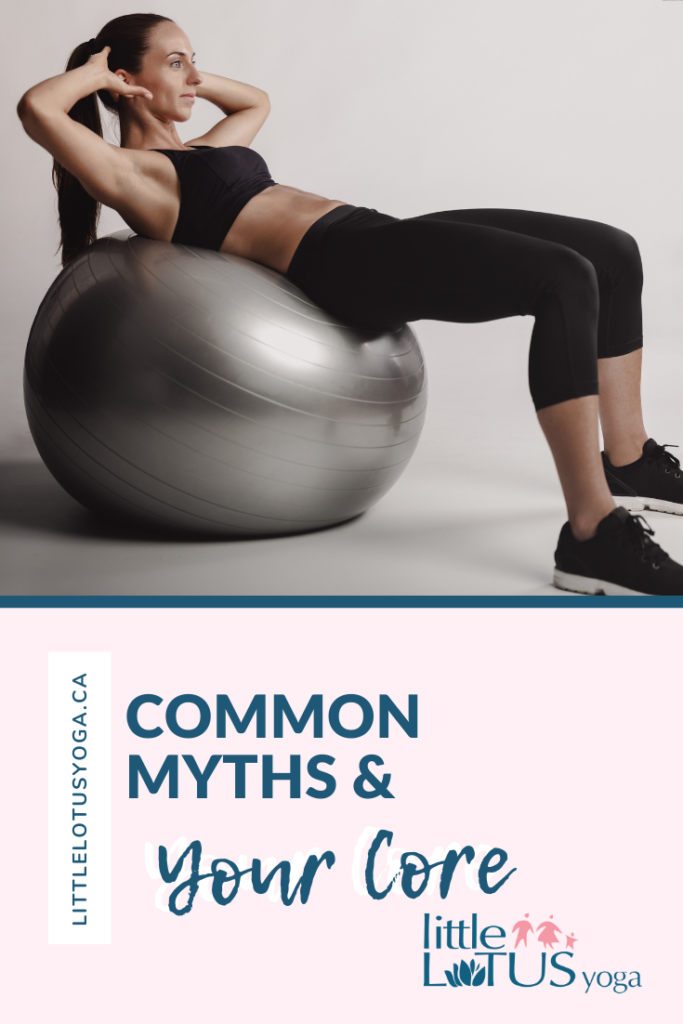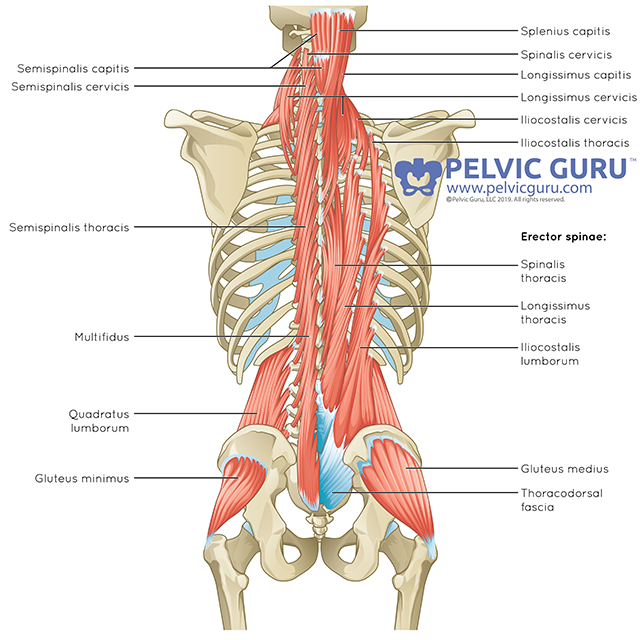
We know…it can be confusing!
Do this, do that, wait….what?! There are many myths floating around about your core and your pelvic floor! I know how confusing it can be when it comes to training your core (and pelvic floor!). You browse a fitness magazine while in line at the grocery store and it shows you the top exercises to do for 6 pack abs. I mean the person in the images looks pretty fit so these exercises must work, right?!
Whether you are preparing to have a baby, have just had a baby, or had a baby years ago, here is some common myths about your core you have probably heard of and maybe even tried! No judgement!
When we know better we do better, right?! So, let’s dive right in as we break some of the common myths down and explore what is really happening and what you can do instead.
Have you heard any of these before?
Traditional Belly Binding-
I hear over and over people praising traditional belly binding and how important it is to do in the immediate postpartum period AND beyond to repair your diastasis (abdominal separation). There can be some great benefits to using support in the immediate days/weeks postpartum but it is really important that the support is worn correctly and for the right reasons. I love the Ab Wrap because it was designed with a pelvic floor physiotherapist and truly looks at how our bodies work and how best to support us. Make sure that you watch the videos on how to properly wear it or better yet take in to your pelvic floor physio and have them show you! Traditional belly binding can be a lot of downward pressure on your body. So you may feel like you are getting support within the abdominals but your pelvic floor will be screaming for some help eventually too!
Don’t Plank! –
BUSTED! It’s OK to plank! What?! I know…..there are a lot of plank haters out there! Here’s the thing….listen in carefully….plank should NOT be the first move you go to when you get back into a fitness routine. It probably won’t be a move you see for the first few months postpartum. Understand how to properly connect in with your deep core muscles and how to generate tension if you do have diastasis. Ensuring your core is working functionally and optimally is the important part here mama! Book an appointment with your favourite pelvic floor physiotherapist for an assessment and get a clearer picture of where things are at for YOU!
Your core is all about those ABS! –
I hate to break it to you but it really isn’t about those 6 pack abs you see in the fitness magazine. BUSTED! Yes, this is another myth about your core! Yes, those are nice to have too but let’s dive into what is REALLY important as you re-train your core. TRANSVERSE ADBOMINALS (TVA) are an important key player in your core when it comes to support and stabilization. Without this muscle firing and helping to manage pressure properly it is difficult for us to do many of our daily living tasks. Our PELVIC FLOOR (PF) is another key play here. Each time we breath, move, lift, etc. our PF needs to understand how to manage pressure within our body and how to work optimally so it can support our internal organs. The DIAPHRAGM is another key player. The diaphragm lowers and comes back to resting with each breath. And last but not least is our MULTIFIDUS. This muscle is important for spinal stability and together the multifidus, pelvic floor and transverse abdominals are best friends. They work together like a team.


Get doing those crunches!
GAH! Hate to break it to you if you have been over there doing 100 crunches a day…..this is another myth about your core! This isn’t what is going to bring you a strong core and make you feel great from the inside out. No, I am not saying never do a crunch but if your goal is to lessen the gap of a diastasis, have a functioning core (that is able to generate tension), or to have 6 pack abs then a crunch shouldn’t be your go to. It’s important that you are re-training from the inside out. Remember that image shared above? Your rectus abdominals (that “6 pack”) is on the most outer layer. You need to re-train your TVA (the deepest layer) and ensure that this area of your body is communicating and working well with it’s other best friends.
You’ve got this!
So the next time you read an article or here somebody telling you “you need to do this” take a moment and break it down.
Ask yourself:
- What is my goal?
- Why do I want to do this movement/exercise/technique?
- How does it feel in my body when I do this movement/exercise/technique?
- Am I able to generate tension and create proper core engagement (and release when done!) when doing the movement/exercise/technique?
- Is this movement/exercise/technique helping me move towards my goal?
You’ve got this!

Leave a Reply